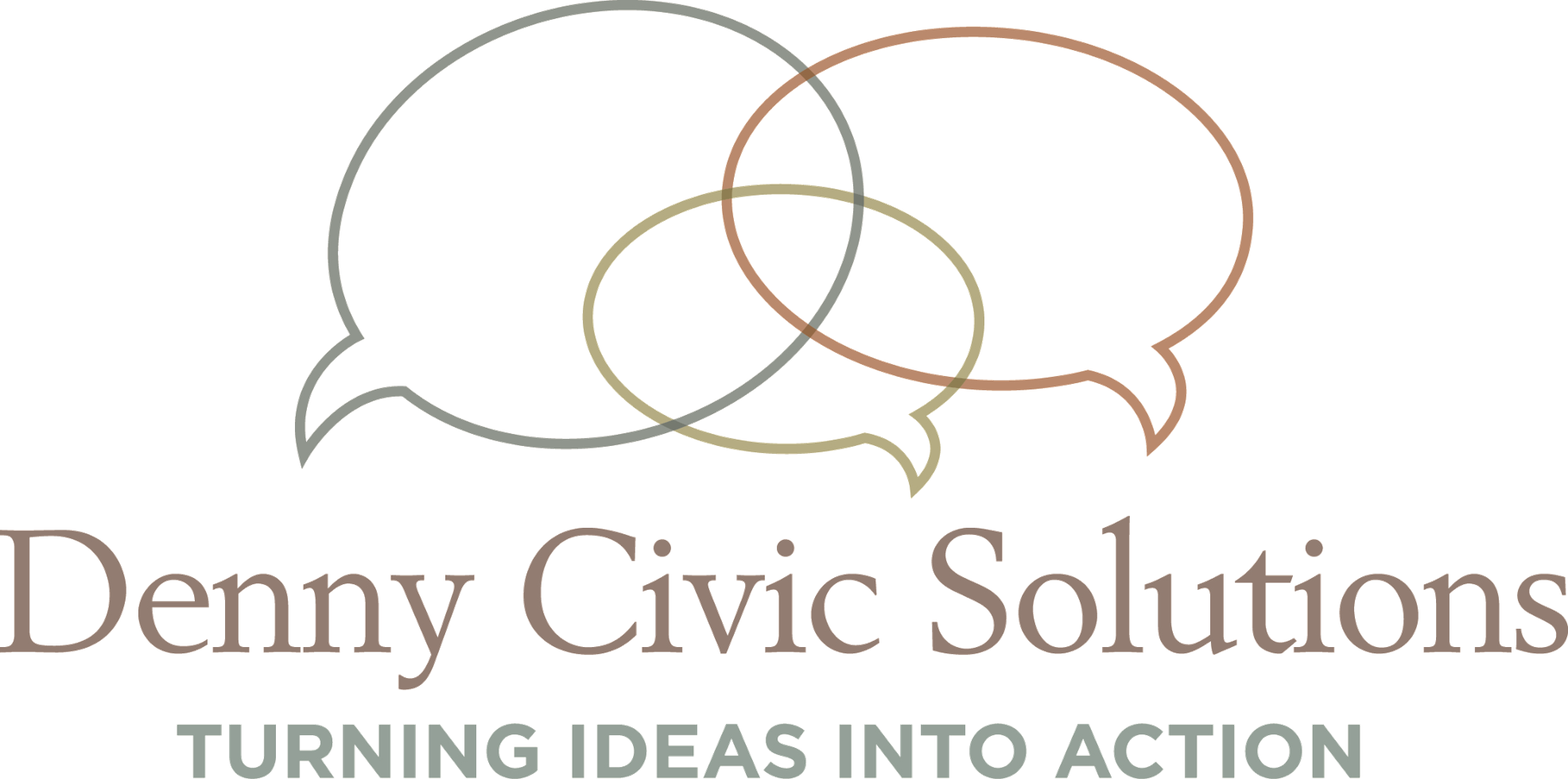The Last Dance: Pennsylvania’s Budget in the Spotlight
This month’s guest writer is our good friend and strategic advisor Donna Memmi Malpezzi, Principal at DMMConsulting.
Donna served as General Counsel to the Senate Majority Caucus and three Majority Leaders over nearly three decades. She advised on strategy, policy, and legislative initiatives, including the development and passage of the annual State Budget, with special emphasis on the Dept. of Human Services.
Negotiating state budgets is always a delicate dance, one which all too often finds itself with partners out of step with one another, whether they’re Republicans and Democrats, legislators and governors, or lawmakers and the general public.
It’s certainly fair to say that more than a few toes were stepped on during the passage of last year’s Pennsylvania budget. That prolonged process finally came to an end in March after a nine-month stalemate – one which saw funding for the Commonwealth’s school districts caught in the middle.
So now, with the summer equinox drawing near, discerning minds turn once again to the Pennsylvania budget’s 2016-17 dance card. Will it be a lively and spicy tango, with budget partners feverishly driving to the finish? Or will it be a plodding and painful waltz, where nothing ever seems to happen?
No matter the dance step or the tune, predicting the rhythm of the action is actually relatively straightforward. Here’s a look at what should be happening between now and the end of June:
The General Assembly and the Governor are talking and meeting regularly – possibly two to three times per week or more – as the end of June approaches.
General agreement has been established on the size of the structural deficit, the projected General Fund spend number, and anticipated revenues for Fiscal Year 2016-17. Costs-to-carry have been calculated.
Budget staffs, leadership staffs, and the staff of the Governor’s Office are in constant communication, closing issues and parsing out areas of disagreement for further analysis and input.
Staff work groups are energetically drafting language for the major legislative Codes that generally accompany the enactment of a budget: the Fiscal Code, Welfare Code, School Code, and Tax Code.
If additional revenues are necessary to enact the budget, all available options, including individual revenue projections, have been identified by staff and are under active discussion by legislative leaders and the Governor.
The school funding distribution formula hasn’t blown up the overall budget discussion.
Ancillary issues beyond the immediate scope of the budget are minimized by all parties to the conversation.
There is a coordinated effort to ensure various budget-related “vehicles” are positioned in each Chamber to expedite bill movement once final agreements are reached.
The level of rhetoric and acrimony has not reached the breaking point, whereby minor points of contention become smoldering embers that erupt into an inferno.
Negotiating a final budget is always an unpredictable tap dance that can be particularly difficult in an election year. However, HB1999 (Adolph), which contains General Fund language for FY 2016-17, has already had 2nd Consideration in the House and is currently in the House Appropriations Committee.
So while it may ultimately prove to be a fanciful notion, all partners involved currently seem to be more in step than they were last year – meaning that this year’s “last dance” on the budget may actually be over long before the sticky dog days of summer arrive.


